
Empty Spaces: Photojournalism Through The Rust Belt
It’s been a little bit of a wait, and I apologize to everyone for how long it has taken, but wanna make sure everything turns out awesome! I know many have ordered my book, and have been waiting for them to ship out. Things have been hectic, but everything has been set and as I have announced they will be shipping out April 21st! I can’t wait for everybody to receive their copies. I’ve been working on quite a lot since writing this first book, and have made some insane progress with some awesome stuff that I can’t wait to share with you a few months from now!
Thank you all again for being so awesome and thank you for your patience in waiting for these to ship out! You’re all the best!
I will share below some pieces of sections that will be included in the book!
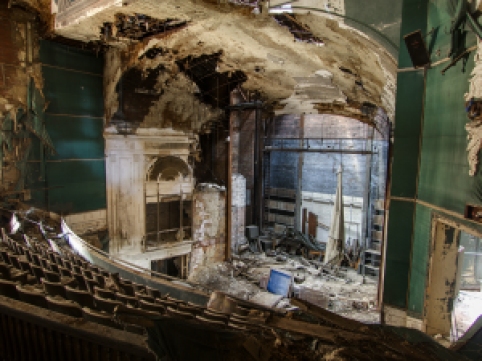
The Abandoned Paramount Theatre of Youngstown, OH
This Adamesque architectural masterpiece was built during the year of 1917, finally opening its doors as The Liberty Theatre in 1918. This theatre was a monumental, ornately brilliant structure designed by Detroit architect C. Howard Crane along with associate architects Stanley & Scheibel, overlooking the streets of Central Youngstown. The exterior was lined with white glazed Terra Cotta ornamentation, complete with swags and pilasters, while inside, a beautiful mezzanine hung over the wide and elegant auditorium. A catwalk once lifted brilliantly above the stage now only collects pigeons and rust.

A lot of us buy into the “new thing”, to become hip or trendy, to create a sense of happiness in having the shiny, brand new products that are available to us. Some people create a false sense of happiness for themselves by flaunting what they have at the time, and most of us are no exception to this. But what happens when that area of time has been phased out, along with all of its treasures? Out with the old and in with the new, right? We leave our past possessions behind, once those new and more advanced items become available to us. This market sits forgotten, crowded with now relics from the past years strewn throughout its interior. We leave behind our days and then look back on them with a sense of nostalgia, wishing that we could have those days back. So why did we bury them and let them rot away under the rubble in the first place?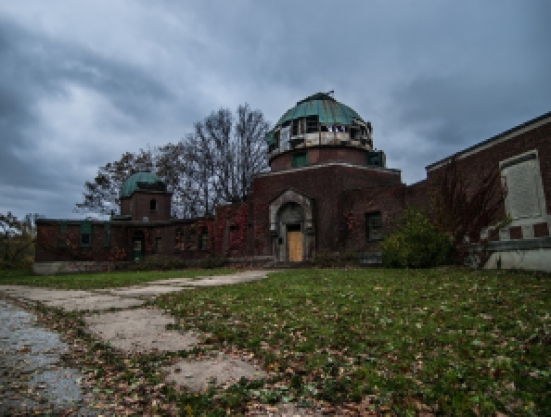
Let’s now take a venture down Taylor Road of East Cleveland, about 4 miles from Case University. This curving hill of a road once housed one of Cleveland’s greatest space observatories and schools; The Case School of Applied Science, or better known as “The Warner & Swasey Observatory.”
Built in 1919 by Worchester R. Warner and Ambrose Swasey, donated to Case in 1920, the observatory which sat atop the hill looking out over a once thriving city housed a 9.5-inch refractor (currently known as ‘the rooftop telescope’) which seems to be the popularized named it has adopted.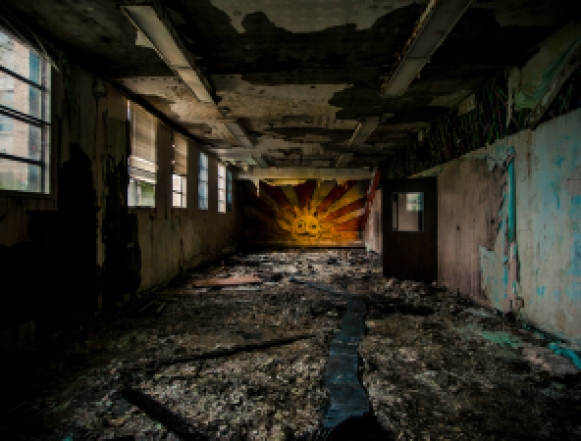
On Sunday, August 5, 2001 a report was filed for 30 center residents escaping from the institution. The patients were now free to roam the streets and yards throughout the city, leaving civilians in a state of panic, fearing for their homes and safety. It was common for residents to carry police scanners with having the establishment located in the center of their own neighborhood.
Lincoln housed nearly 200 children and teens from the ages of 8-18 being placed under referral by either juvenile courts or Children Services boards from counties around the state.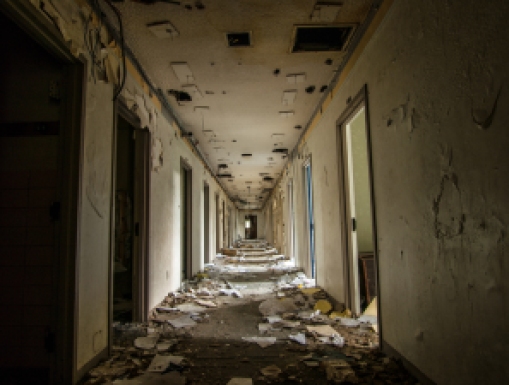

Images of blighted, broken industry, through the decay and destruction of nearly post-apocalyptic scenes have become a much greater intriguing subject for the people of our world in current time, it seems. Flashback to the 1960s, or even the 70s when life was a bit more free, lacking technology and the constant grinding chatter of an online social networking presence. The general outlook on our future world was a wondrous one, filled with smoothly operating hover cars, tall chrome and glass buildings, complete with an incredibly perfect networking community nearly free of depression, or half of the issues we are facing today.
Fast-forward 30+ years later, and here we are stuck in a madhouse.

We wander these classrooms, where students would have joined for lectures and schoolwork to strengthen their minds, as well as the gym, where they would have practiced and disciplined themselves through sports. In the early 90’s, school sports teams, cheerleaders and families would fill the auditorium and gym for functions. A school where students once would sharpen not just the fresh pencils, which remain, left behind in debris, but also their minds. Now a crumbling, yet beautiful mess of decay, destruction, and street art through its walls from the main auditorium, through every locker remaining within the bays, to the very depths of its boiler room.
Why were these places vacated? And why are they left to sit, uncared for? The remains of a person’s bedroom, bed still intact, covered in a layer of mold and dust. Walls surrounding with cracked complexions and vivid, yet transparent voices telling a story of time. Living through the history of abandonments as you explore what once was an entirely different scene; now transformed into a desolate, yet incredible, stimulating image of complex patterns and great detail.
You can purchase my book “Empty Spaces” at www.emptyspacesbook.com



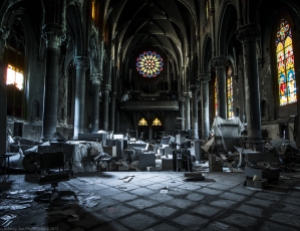
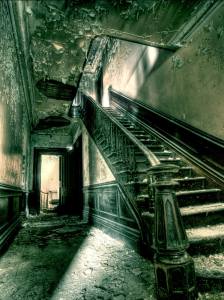





Great tour (and images)
Fantastic photos! Your book must be put on my wish-list!